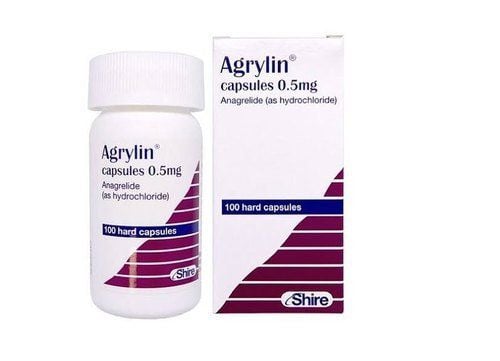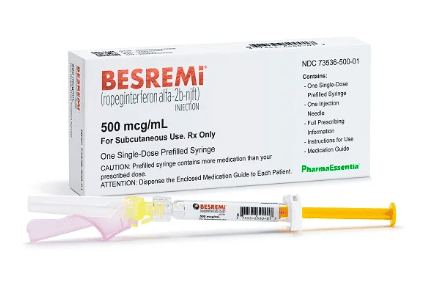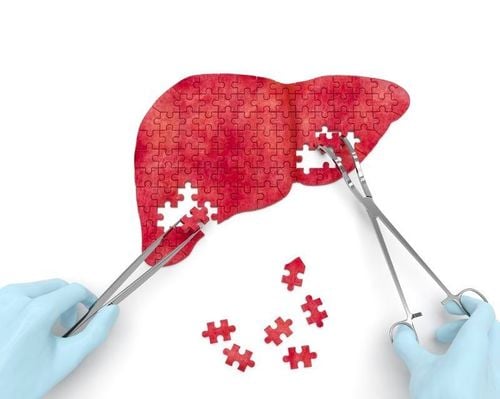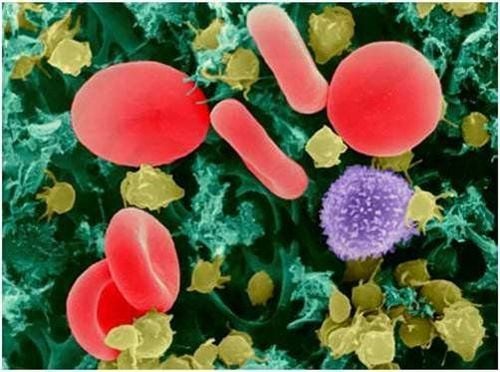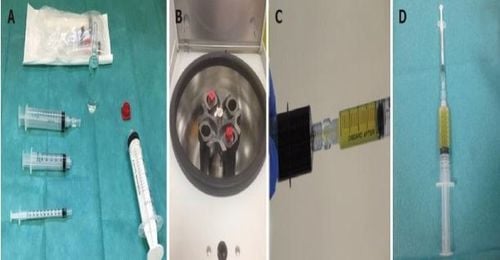This is an automatically translated article.
The article was written by MSc Le Thi Na - Doctor of Hematology, Laboratory Department - Vinmec Times City International General Hospital.
Platelets are a type of cell present in human blood. In the human body, platelets are a cell that plays an important role in hemostasis, forming blood clots to protect the integrity of blood vessels.
1. What are platelets?
There are 3 types of cells in the blood: red blood cells, white blood cells, and platelets. Each cell type has distinct morphology and function. Platelets are the smallest blood cells, 3-4μm in diameter, and the number ranges from 150-450G/L.Platelets play an important role in the clotting mechanism of hemostasis, especially in the initial hemostasis phase. Platelets are produced from a platelet sample. Platelets have a short life, about 8-15 days, currently can store platelets for 7 days outside the body at 20-22oC, shake continuously.
2. Function of Platelets
Platelets have 3 main functions: adhesion, aggregation and secretion. In addition, platelets also play a role in the inflammatory response, the role of immunity.
Adhesion function Normally platelets do not stick to the vessel wall, when the vessel wall is damaged platelets are activated and stick to the injury site. Collagen is an important substance for platelet adhesion, stimulates platelet aggregation, collagen exists in the vascular space. Other factors involved in adhesion: GPIb, GPIIb/IIIa,vWF, calcium...
Aggregation function This is the phenomenon where platelets gather into "nodes" through adhesion. Adhesion activates platelets, facilitating aggregation. The withdrawal phenomenon is stimulated by a number of substances: ADP, thrombin, adrenaline.
Role of platelets in the coagulation cascade: Platelets provide a positive charge (-) that facilitates activation of factor XII, which is the first step in the clotting process, and platelets bind to factor xa and increase prothrombin activation. .
Secretory function With the presence of collagen or activated thrombin will lead to increased secretion of platelets including ADP, serotonin, fibrinogen,...; Collagen and thrombin activate platelet prostaglandin synthesis. The above substances not only increase the subsequent activation of platelets, but also increase vascular permeability, activate protein C, generate thromboxane A2 and prostacyclin. From here, a chain reaction including increased vascular permeability, inhibition of platelet aggregation will occur.
Through their functions, platelets play an important role in hemostasis, especially in the initial hemostasis phase. The hemostatic function of platelets depends on both the number and function of platelets. In fact, thrombocytopenic purpura is often the result of a complex combination of decreased platelet count and function.
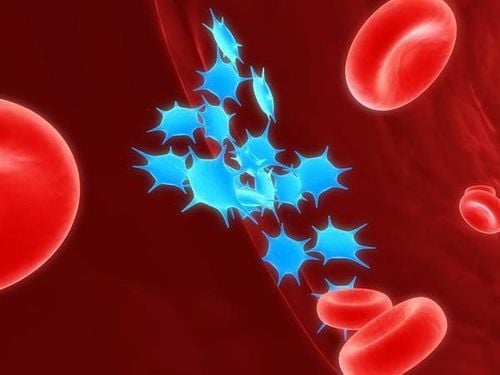
3. The meaning of platelet index
Normal platelet count in the body is 150-450G/L of blood.
Platelet count ≥ 450 G/L persistently persistent is defined as thrombocytosis. A platelet count < 150 G/L is defined as thrombocytopenia. Thrombocytopenia
When the number of platelets decreases, the clotting process cannot take place normally, bleeding is difficult to stop, prolonging the clotting time. The body may appear bleeding: Hemorrhage under the skin manifested by bruises, gastrointestinal bleeding, nosebleeds, bleeding gums, intracranial hemorrhage ... severe cases can affect the network.
Causes of thrombocytopenia may be due to decreased platelet production or increased platelet destruction, common in the following diseases:
Due to drugs, chemotherapy for cancer treatment Genetics Malignant diseases Due to infections liver disease: Cirrhosis, liver cancer Thrombocytopenia
When thrombocytopenia often has the following manifestations: Headache, dizziness, dizziness; Feeling pain, chest tightness, shortness of breath often; Fainting is sudden and recurrent; vision is limited for a period of time, vision is poor; Or feel numb in the hands and feet.
When thrombocytosis, bleeding manifestations are uncommon. When the platelet count increases above 1,000 G/L, the rate of bleeding complications increases: bleeding gums, gastrointestinal bleeding, bleeding after surgery.
To monitor the number of platelets in healthy people, it is only necessary to have a periodical health check-up, and during the examination, a platelet count test will be performed through a total peripheral blood cell analysis test at medical facilities. When there are abnormal bleeding manifestations, it is necessary to examine to detect abnormalities due to platelets (if any).
Vinmec International General Hospital is one of the leading prestigious hospitals in the country. A team of well-trained and experienced medical professionals at Vinmec will directly examine, take samples for testing, read test results and treat patients. The most modern and advanced machinery and equipment system brings accurate and fast results. Professional medical services will help patients feel secure and comfortable during examination and treatment.
Please dial HOTLINE for more information or register for an appointment HERE. Download MyVinmec app to make appointments faster and to manage your bookings easily.





